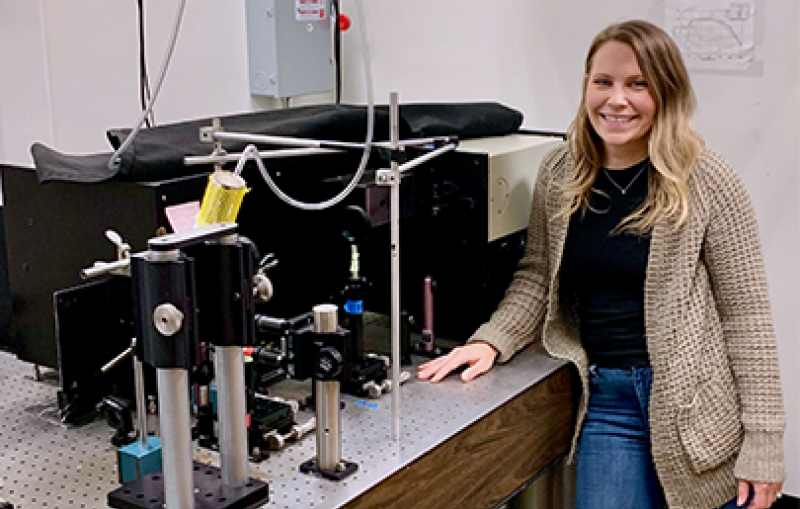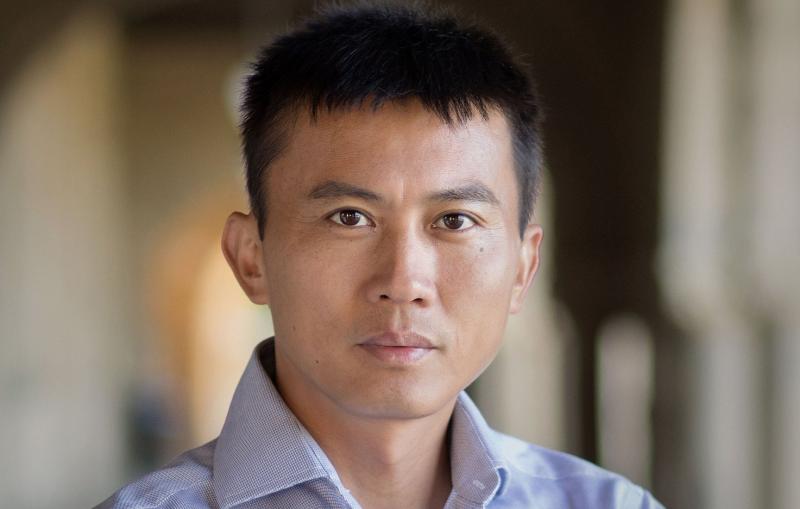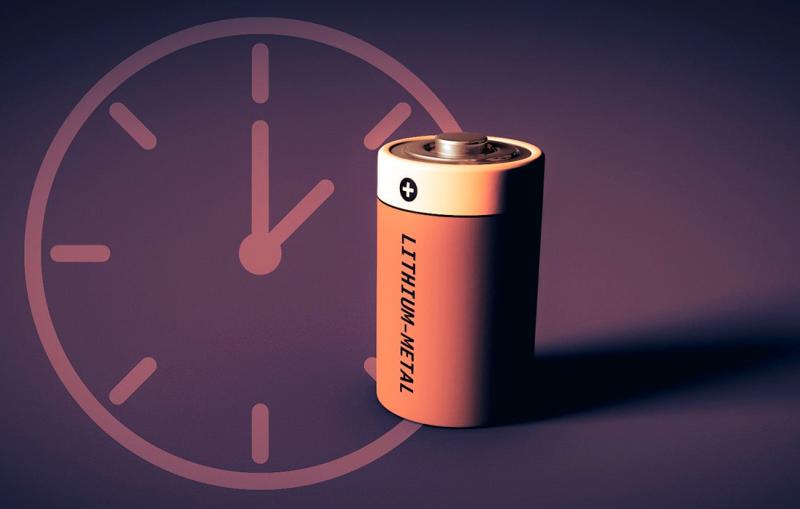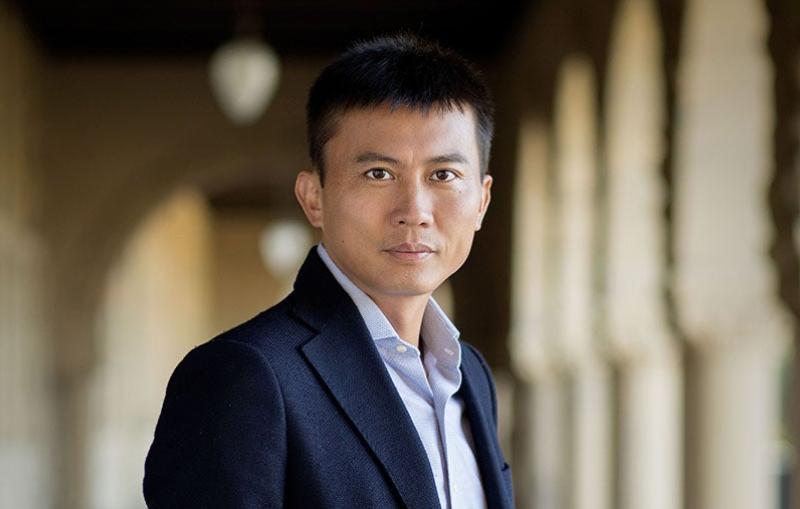
News Feature
VIA Stanford Energy
SLAC to coordinate with Precourt on energy research incorporating environmental justice and social equity



One of the most urgent challenges of our time is discovering how to generate the energy and products we need sustainably – in a way that doesn’t compromise the well-being of future generations by depleting limited resources or accelerating climate change.
Related Link:
Energy sciences



